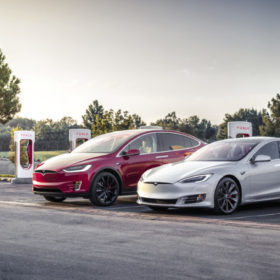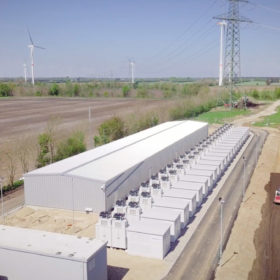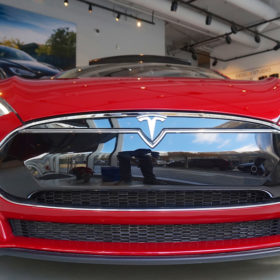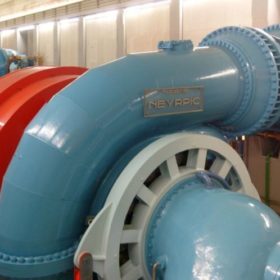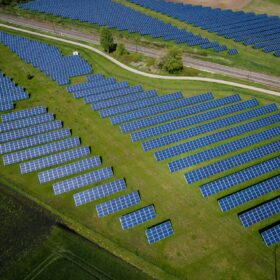China’s air pollution reduces PV production potential by up to 13%
If China could travel back to the 1960s with its 2016 PV generation capacity it could harvest an additional 14 TWh of solar power, according to a study by academics at universities in Switzerland and the Netherlands. With a mixed record for reducing pollution, the country’s solar fleet output appears to be drastically affected by dimmed solar radiation.
The long read: Battery recycling is possible
A gloomy atmosphere currently hangs over the lithium-ion supply chain. Stationary battery storage equipment and electromobility offer tremendous opportunities. Yet many experts have concerns about the raw material supply and recycling situation. Christian Hagelüken, the Director of EU government affairs at Umicore, a major recycler and supplier of cobalt, explains his view of the situation.
Lead-acid battery market primed for growth with EVs?
“Lead-acid batteries are comparatively cheaper than other battery types such as Ni-MH and Li-ion. Moreover, these have the highest recyclability percentage of any product, and are therefore likely to find more takers owing to their reduced cost of production,” according to industry participants at the International Lead Conference held in Spain.
Solar panel demand expected to reach 125.5 GW in 2019, TrendForce says
According to the Taiwanese market research company, PV panel demand will increase by 16% over 2018 shipments. TrendForce also believes this growth trend will continue in 2020.
Lithium-ion recycling rates far higher than some statistics suggest
While it is often stated only 5% of lithium-ion batteries are recycled, a review of research into the second life and recycling of lithium-ion batteries suggests that is a gross understatement. A new study found almost 100,000 tons of waste batteries were recycled last year – about half of what reached end-of-life.
The long read: The dawn of megastorage
Plummeting costs, industry maturity, and the ever-increasing penetration of global renewables are expanding the use cases for battery storage technology. Over the past year and a half, storage projects are increasing significantly in both scope and capacity.
The long read: Explosion of cell and module technology
With half-cut, bifacial, shingle cell, and heterojunction designs being deployed at the scale of hundreds of megawatts, it is an exciting time to be in solar cell and module technology.
SECI tenders further 1.2 GW of solar across India
The Solar Energy Corporation of India has invited bids to set up 1.2 GW of grid-connected solar under the fifth phase of its national interstate transmission system program. The projects – to be established on a build, own, operate basis – will be awarded through e-bidding and a reverse auction with a tariff ceiling of Rs2.65/kWh. Bidding closes on July 31.
The long read: High efficiency requires high quality cutting
There is a sense in the PV cell and module market at the mid stage of 2019 that the push towards high-efficiency cell architectures is accelerating. This makes the case for half-cut cells in a module more compelling, and the quality of the cut edge vital – argue laser process suppliers.
Plug-in hybrid cars have no longevity – stick to pure electric
A report on the prospects for a mooted $2.6tn electric vehicle market over the next decade says PHEVs – part electric, part gas-guzzling – are already losing market share rapidly to pure electric rivals, and will be extinct by 2030.


